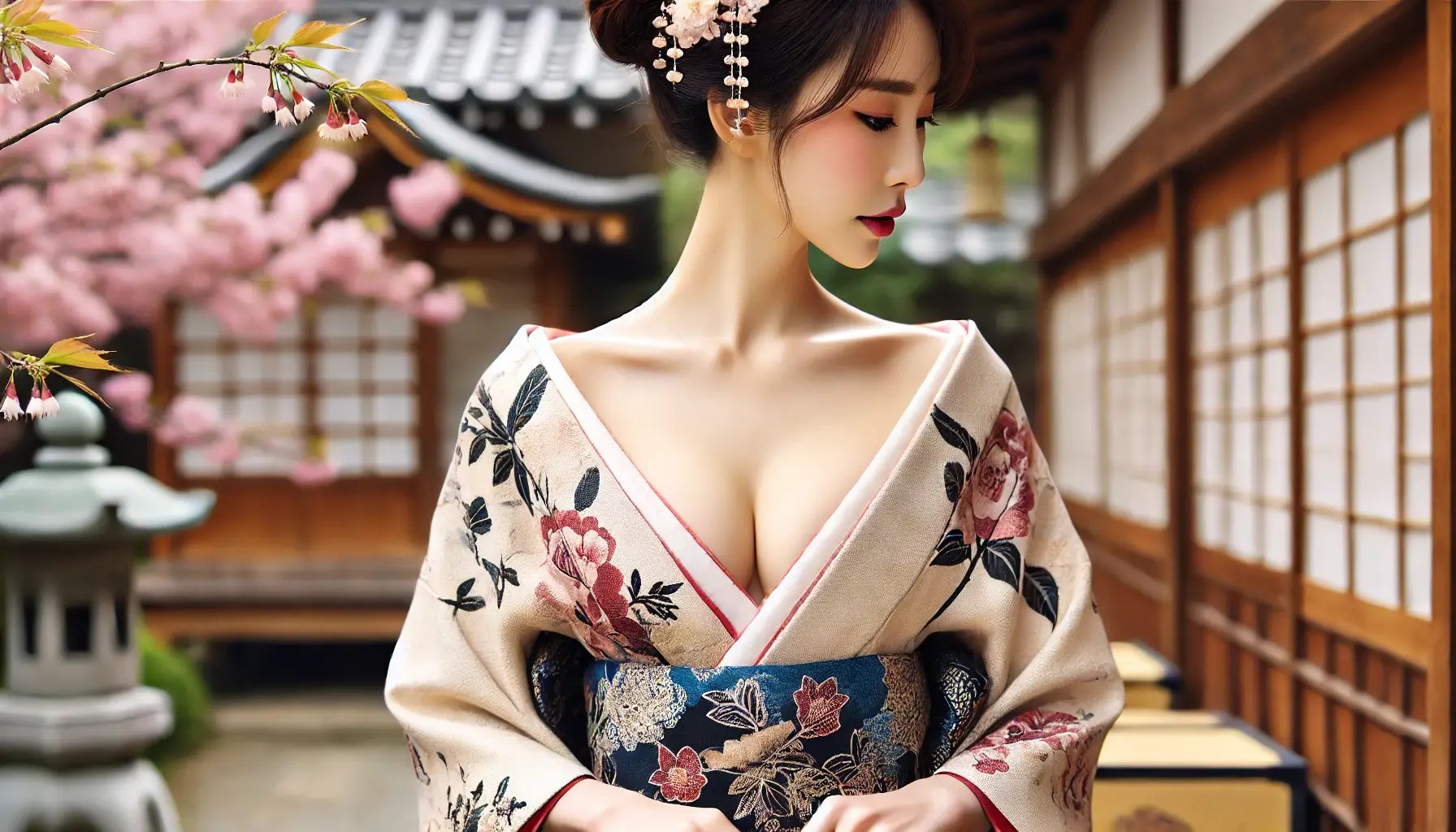Japan’s nightlife is rich with variety, offering something for everyone. Among its many facets, the gay bar culture cultivated by the LGBTQ+ community stands out as a unique and vibrant feature. These spaces are not just places to enjoy drinks—they are safe havens where people can express themselves and forge meaningful connections. This article delves into the history, characteristics, and charm of Japan’s gay bar scene.
The Origins and History of Gay Bars in Japan
The history of gay bars in Japan begins post-World War II, centered around Shinjuku Ni-chome. Now renowned as the largest gay district in Asia, Ni-chome’s roots trace back to a time of societal upheaval, when spaces for open interaction, regardless of gender or sexuality, were scarce. Naturally, Ni-chome evolved into a sanctuary for the LGBTQ+ community.
By the 1970s, influenced by the Sexual Liberation Movement and shifting societal values, gay bars began to emerge nationwide. Today, LGBTQ+-friendly bars can be found not only in Ni-chome but also in areas like Doyama-cho in Osaka and Nakasu in Fukuoka.
Defining Features and Roles of Gay Bars
1.Safe and Open Spaces
Gay bars serve as essential safe zones where LGBTQ+ individuals can be their authentic selves. These venues allow patrons to express their identities, share love and friendship, and connect without fear of judgment.
2.Unique Hospitality
The staff and owners of many gay bars bring strong personalities and exceptional conversational skills to the table. Particularly in Ni-chome, “mama” (bar hosts or hostesses) and staff foster close, welcoming relationships with visitors, making first-timers feel right at home.
Community Hubs
Gay bars are more than just places for drinks; they’re hubs for networking and exchanging information. Beyond finding new friends or partners, patrons can learn about the latest LGBTQ+ events and issues.
The Present and Future of Gay Bar Culture
Expanding Diversity
In recent years, the scene has expanded beyond traditional gay bars to include establishments catering to transgender, non-binary, and other gender-diverse individuals. Additionally, “ally-friendly” bars that welcome straight patrons supportive of LGBTQ+ communities are gaining traction, fostering broader connections across identities.
Challenges and Opportunities
Despite their growth, gay bars face ongoing societal challenges, including lingering prejudice and discrimination. Some venues struggle with maintaining openness while addressing these hurdles. However, many continue to innovate with new services and events, pushing boundaries to create a brighter future.
A Must-See for Tourists
Japan’s gay bar culture has become a popular attraction for tourists. Shinjuku Ni-chome, in particular, is known for its welcoming atmosphere and international crowd. Many bars offer English-speaking staff, making it easy for LGBTQ+-friendly travelers to join in the fun. However, each bar has its own set of rules and etiquette, so checking ahead is advised to ensure a smooth experience.
Conclusion
Japan’s gay bar culture is a vital part of the LGBTQ+ community, offering a space for self-expression, connection, and celebration. Its history, evolving roles, and growing diversity reflect broader societal changes. Exploring these unique spaces offers a fresh perspective on Japan’s nightlife and provides an opportunity to connect with a vibrant and resilient community.




Comment